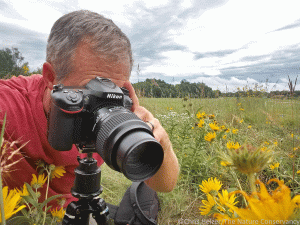Discover stories in Conservation Science
For Brown Bears and Salmon, It’s Not Just About Numbers
New research shows how brown bears depend on the full complexity of salmon runs to make a living.
Aquaculture Could Be Conservation’s Secret Weapon
Aquaculture has vast potential as a tool for conservation, providing food for people while benefiting the environment.
Could Spider Silk Become a Natural Replacement for Plastic?
Ounce for ounce, a spider web is one of the strongest structures on earth. Could it change our world?
Recovery: New Chance to Save Land and Water
Reauthorize and Fund the Land and Water Conservation Fund. Over its lifetime, LWCF has done a lot to make America great, and without it some of the country's most beloved public lands might not exist.
One Square Meter of Prairie
What can be found in a square meter of prairie? You’ll be surprised. (Photographs included!)
Investigating the Illegal Sea Turtle Trade
Nature Conservancy scientists are investigating the illegal turtle trade in the Solomon Islands.
What Scientists Can Learn from Sound and Silence
Sound holds the potential to help fill one of the most vexing evidence gaps in conservation: How do we know what we're doing is actually working?
The Seed Collectors
Seed collections have helped us understand biodiversity for decades. Now they’re also helping us understand climate change.
Feed the Bears to Save Them?
Everyone knows we shouldn’t feed the bears. But what if, in one instance, it’s necessary to save them from extinction?
The Bizarre and Disturbing Life of Sea Cucumbers
Sea cucumbers are absolutely fascinating, despite an utter lack of charisma.
Recovery: New Hope for Caribbean Coral
An effort to restore coral reefs finds its hope in fragments. Literally.
Should We Let Kids Eat Dirt?
What does the science say about kids, dirt and germs?











